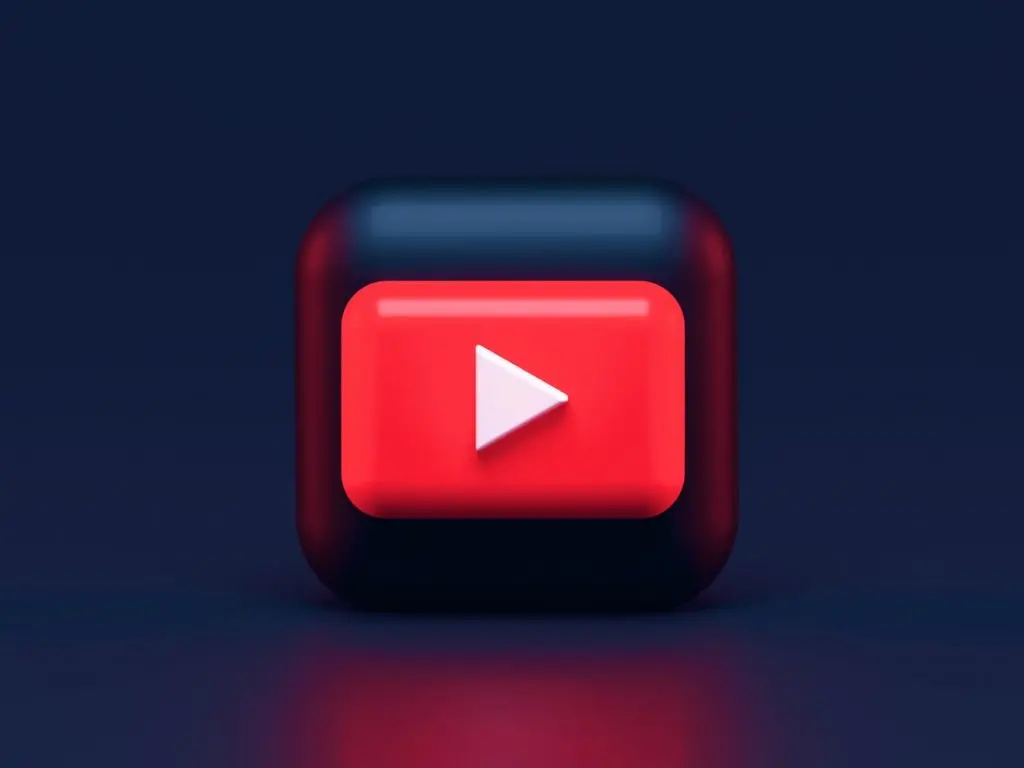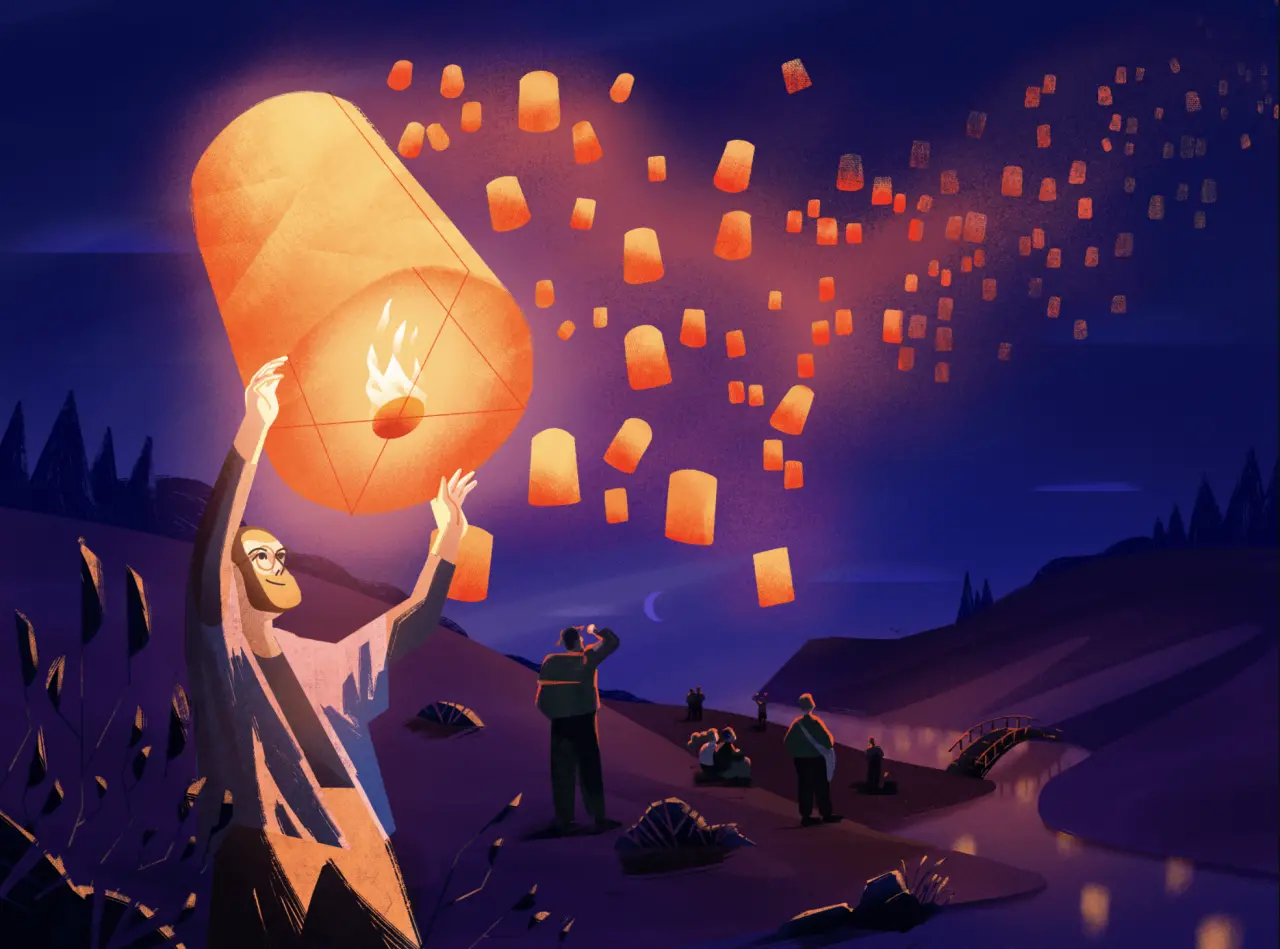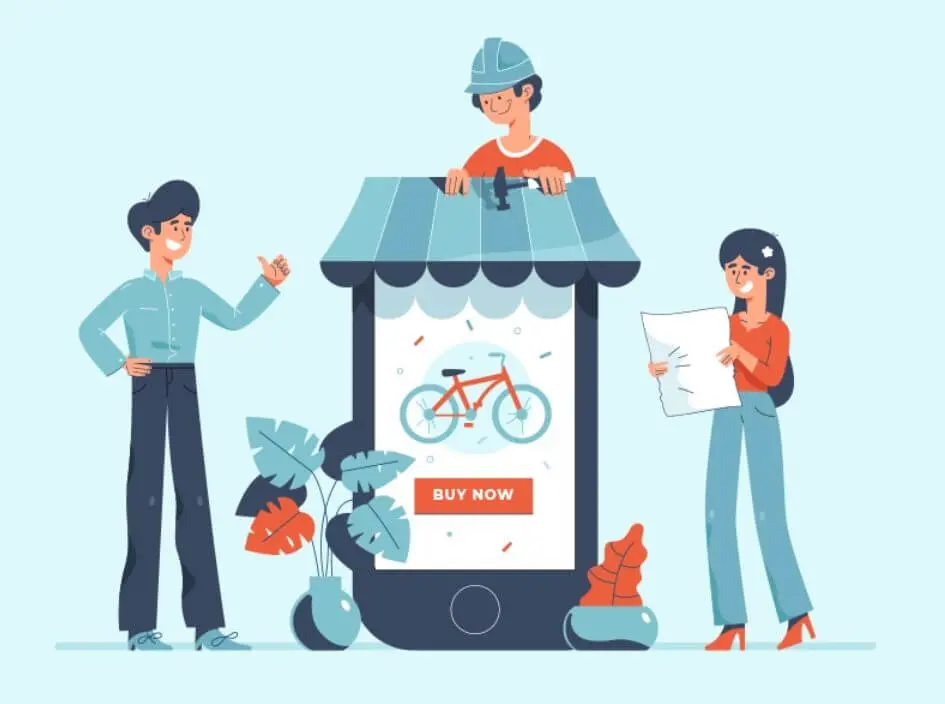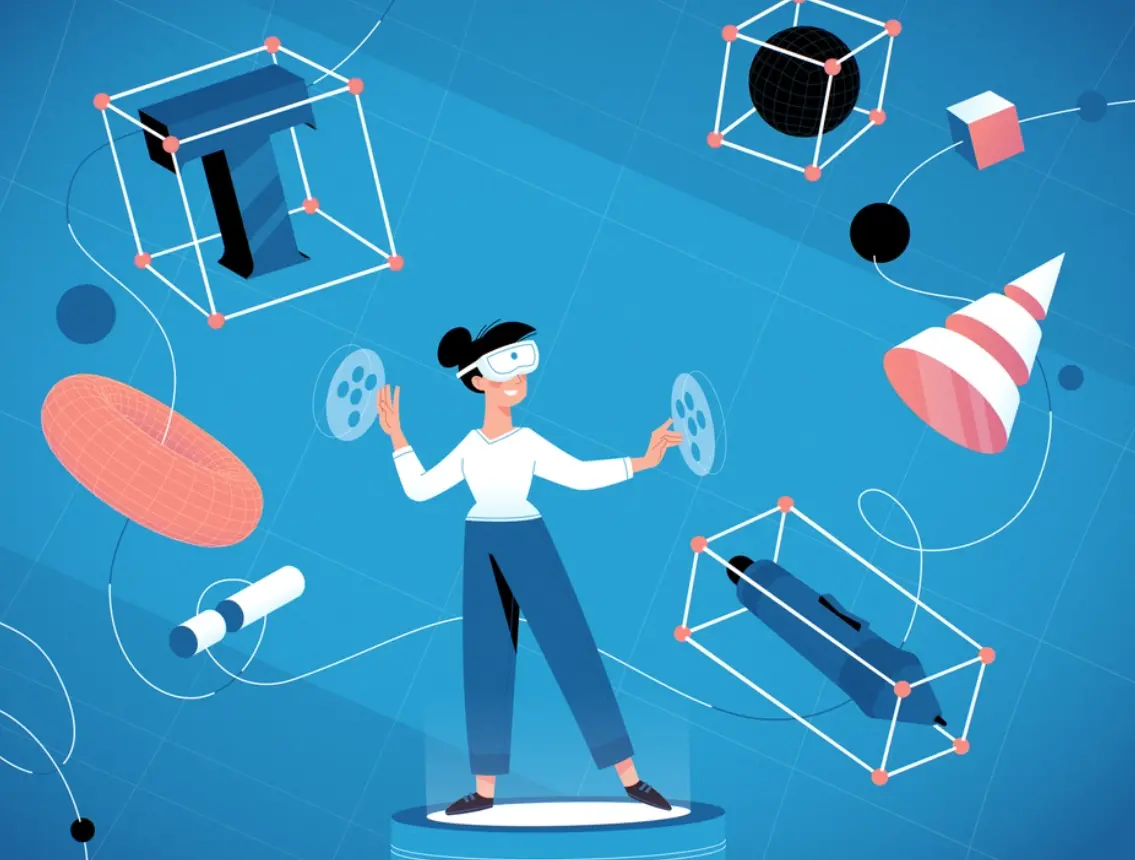How to Create a Conversion Funnel for Your Video Ads

Paradoxically, but advertising can be a non-salesy and engaging way to interact with your target audience if you approach it correctly. If you plan to involve videos in your marketing strategy, you will definitely need to create a conversion funnel for your video ads. Here we talk about what a conversion funnel is, what types of video content suit every stage of a consumer journey and how to use it efficiently to draw the audience’s attention.
What is a conversion funnel?
A conversion funnel usually refers to the customer journey that includes three main stages: recognition or brand awareness (the top of the funnel), consideration (the middle of the funnel), and conversion (the bottom of the funnel). The content you roll out in the ads should be unique and relevant for every phase. At the top of the funnel, consumers hear about your brand for the first time, they just start discovering you. At the middle of the funnel, people already know about your company and offering. They want more context and information about the product or service that your business delivers. At the bottom of the funnel, consumers think of making a purchase, but they need to compare your brand to competitors before making the decision.
Stage I. Brand recognition
At the top of the funnel, you need to present your brand to people who have never heard about it before. Whatever type of video ads you choose for this step, keep in mind that it must be hyper-creative and unobtrusive at maximum. This is the right moment to express your brand’s creativity in full. Here you can use the following types of video ads.
Pre-roll ads
Pre-roll ads typically look like short videos (under one minute) with a quick presentation of the brand and its field. You shouldn’t necessarily tell the viewers directly about product features in pre-scroll ads. Your company can start by creating intrigue around your product. You may be surprised with how much context about your brand you can give with the help of visuals, voiceover, and music in the video.
Social media ads
Just like pre-scroll ads, you can use social media ads for brand presentation. People are more likely to share videos with their friends on social media than any other content. So, it’s an excellent opportunity to introduce your company to the target audience by running video ads on social media. You will need to target them carefully by age, gender, interests, and preferences.
Explainer videos
The awareness phase is about not only what your brand looks like but also how it can help people solve their problems. At this stage, you can leverage explainer videos to demonstrate how the product works and what solution it offers.
Brand stories
Another approach to marketing at the brand awareness stage is creating the so-called brand stories. A brand story can look like a video with a short introduction of the brand, what drives it, core values and key points from its history. It allows connecting with a company emotionally through the story that represents it as a personality.
Stage II. Consideration
At the consideration stage, the video should provide more information about the product or service. If you promote the product, your video may include some facts about the texture, dimensions, the problem it solves, hidden components, etc. If the subject of your advertising is a service, then the video may contain information about your unique methods or approaches, how your services are different from competitors, and so on.
Product demos
At this step, companies commonly publish product demos. This type of video can cover the product’s advantages, features, and materials. It can also describe how the product works but avoid using promotional calls to action or sales pitches. At this moment of the customer journey, the video should come without all this.
How-to videos
Your product serves as the solution to a particular customer problem. You can use the video to show how it accomplishes this in detail. Does your product solve, maybe, several problems simultaneously, or is it multifunctional? Why not showcase all this in a short how-to video! People will love it.
FAQs videos
Every company has its list of frequently asked questions. You can create the video with the questions answered to provide support to your customers via content.
Bottom of the funnel video ads
Finally! The consumer reaches the last stage of the funnel – conversion. It’s the right time to use a call to action and provide more reasons for buying your product.
Testimonials
Some brands publish video testimonials as a part of their marketing content on social media and a website. It’s a great idea since it allows other people to learn that previous customers appreciate the product or service quickly.
Personalized videos
Personalized videos involve a little more personal information about the customer, like their age, gender or occupation. This type of video is often used in email marketing to target different segments within your audience with various personalized videos.
Wrap up
Video marketing is gaining momentum in different industries today. If you want to build customer loyalty and raise brand awareness organically, the video is likely one of the best ways to implement this! In this article, we have considered what types of video content are the most effective and relevant at different marketing funnel stages.


